BY MARK RABAGO
Saipan Correspondent
GARAPAN, Saipan — During a detailed presentation at the 32nd Pacific Islands Environmental Training Symposium on June 10 at the Crowne Plaza Resort Saipan, Guam presenters raised alarm bells at the widespread presence of toxic “forever chemicals” during a presentation on Guam’s Safe Drinking Water Program.
Sierra Armstrong-Bettis and Nicole Ha’ane Diras of the Guam Environmental Protection Agency presented comprehensive data showing multiple PFAS hotspots across Guam, citing military installations, the island’s airport, and areas with firefighting activity as primary sources of contamination.
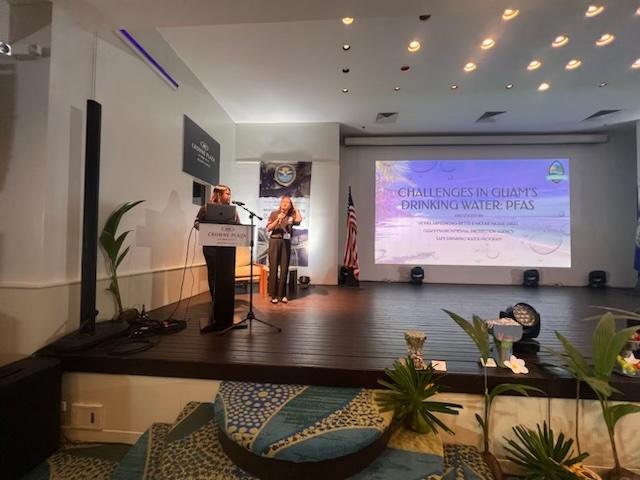
Their findings revealed high-risk exposure in central villages, where PFAS levels often exceed federal health advisory limits, and vulnerable populations — like children and low-income families — face the greatest health threats.
PFAS (per- and polyfluoroalkyl substances) are synthetic chemicals used in firefighting foam, non-stick products, and industrial processes. They persist in the environment and are linked to cancer, hormone disruption, and other serious health risks. The U.S. EPA recently set enforceable Maximum Contaminant Levels at 4 parts per trillion for PFOS and PFOA.
Guam faces outsized contamination relative to its size of 212 square miles, according to the presentation. The U.S. military accounts for about 25% of the island’s landmass, and multiple U.S. Department of Defense properties have been flagged as PFAS hotspots. Other risk areas include landfills, aborted takeoff zones, and firefighting training grounds.
From 2023 to 2024, data collected by the Guam EPA, U.S. EPA Region 9, and the Guam Waterworks Authority showed that PFOS are the most prevalent PFAS compound detected in public water systems. Several public wells — anonymized as A through F — showed PFAS levels four times higher than the federal limit.
Particularly affected areas include the villages of Hagåtña, Sinajana, Agana Heights, and Mongmong-Toto-Maite. Hagåtña, where many government and business offices are located, registered the highest PFAS risk index, with more than 127% based on likelihood and impact calculations.
To assess PFAS exposure vulnerability, Armstrong-Bettis and Diras developed a risk model that factored in not only contaminant levels but also the presence of daycare centers, pre-K to elementary schools, public housing, and hospitals in each village. They found that the most at-risk populations —children and low-income families — often live in areas with both high PFAS readings and limited access to alternative water sources.
While many Guam residents obtain water from more advanced refill stations with reverse osmosis and UV treatment, the most vulnerable residents often rely on untreated tap water.
Guam’s primary PFAS treatment technology is granular activated carbon, or GAC, which removes PFAS from well water. But the process is costly and logistically complex. Used GAC must be exported off-island for safe disposal, and the replacement schedule is resource-intensive.
At one public utility, four separate GAC vessels operate in a lead-lag system — common across Guam — but disposal of spent GAC remains a growing problem.
The presenters also warned that PFAS contamination is not limited to drinking water. Leaching from illegal dumping, septic system overflows, and wastewater mishandling can all lead to PFAS entering Guam’s aquifers. Construction tied to the military buildup, particularly soil disturbance, may also release previously buried PFAS into the environment.
Diras and Armstrong-Bettis concluded their presentation by urging greater investment in PFAS testing, treatment, and community outreach. They also noted that increased federal support is needed to help Guam meet EPA’s new compliance deadlines, and to fund expanded water infrastructure and blood testing programs.
With PFAS emerging as one of the most pressing environmental health issues in the Pacific, the Guam EPA team emphasized collaboration between territorial governments, military agencies, and U.S. federal entities as essential for long-term protection of island water resources. mbj
Guam EPA raises alarm on PFAS contamination
Recommended Articles...
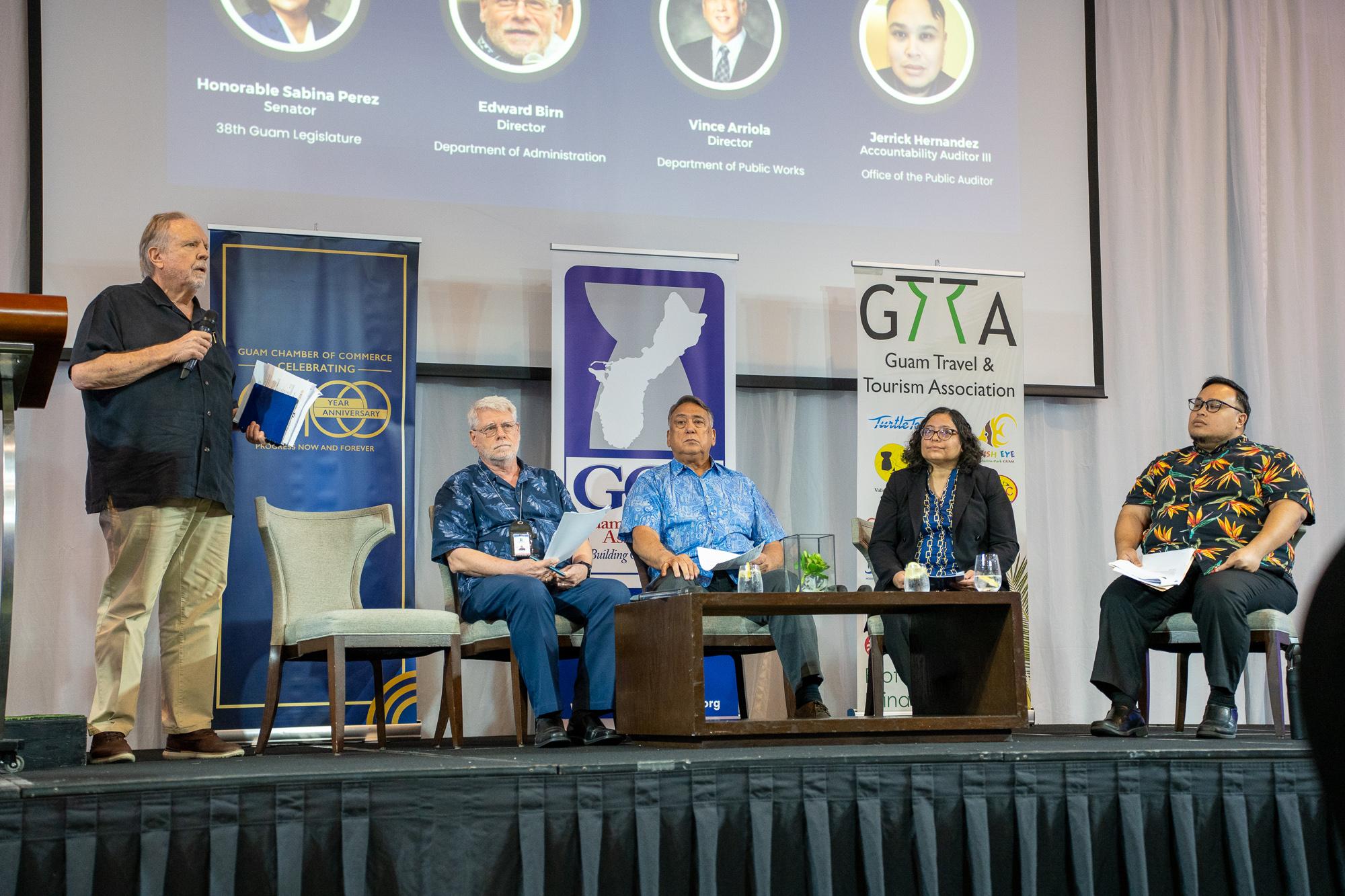
AI, clarity, and SOPs possible procurement solutions
Government and private sector leaders addressed challenges and potential solutions for improving the government of Guam’s procurement process during the Government Procurement Summit held June 12 at the Hyatt Regency Guam.
Read More 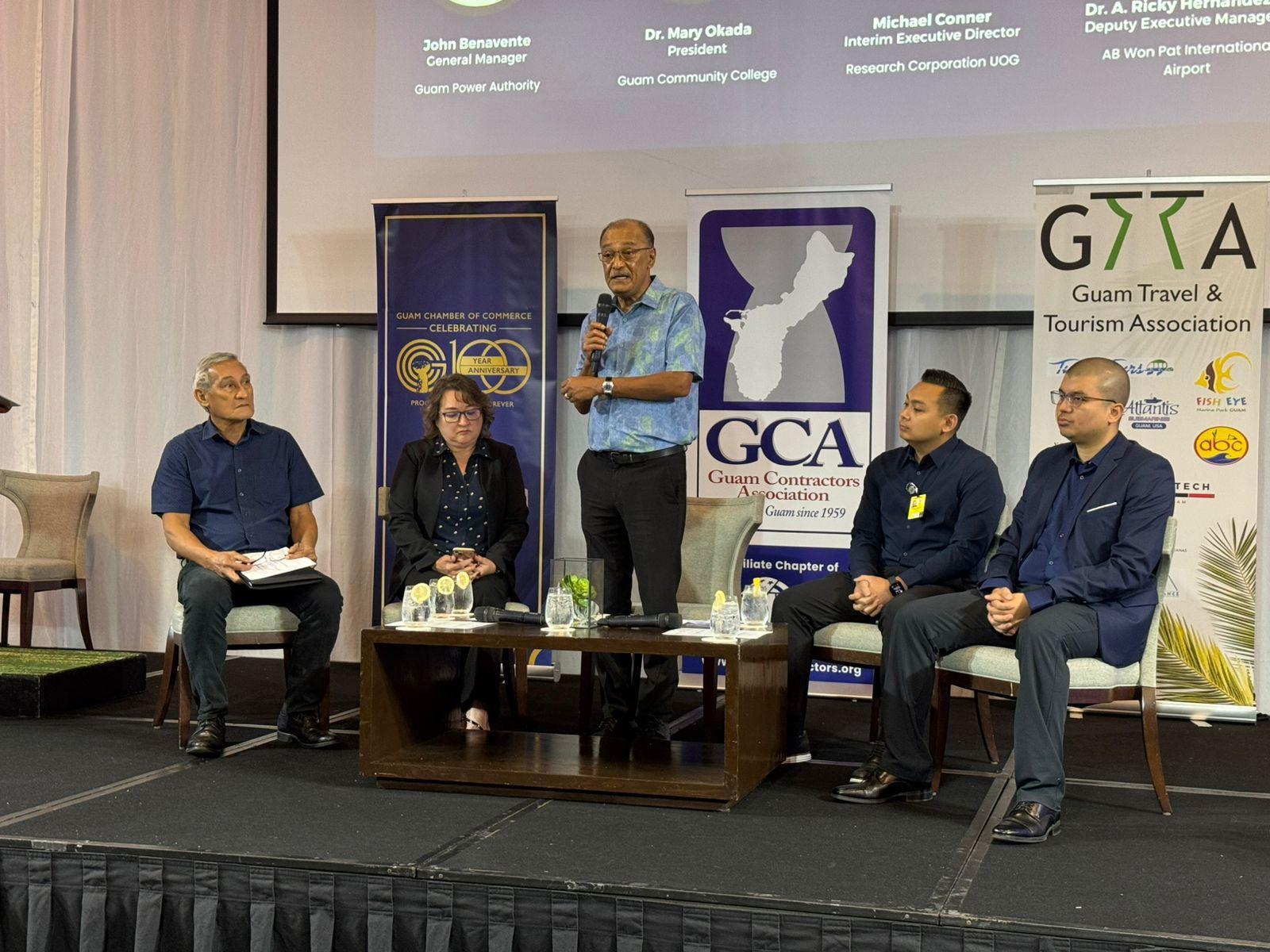
Procurement reform highlighted at Government Procurement Summit
Guam’s government leaders and agency heads called for modernizing the island’s outdated procurement laws, but also pointed to key successes showing how careful planning and teamwork can make even a complex system work.
Read More 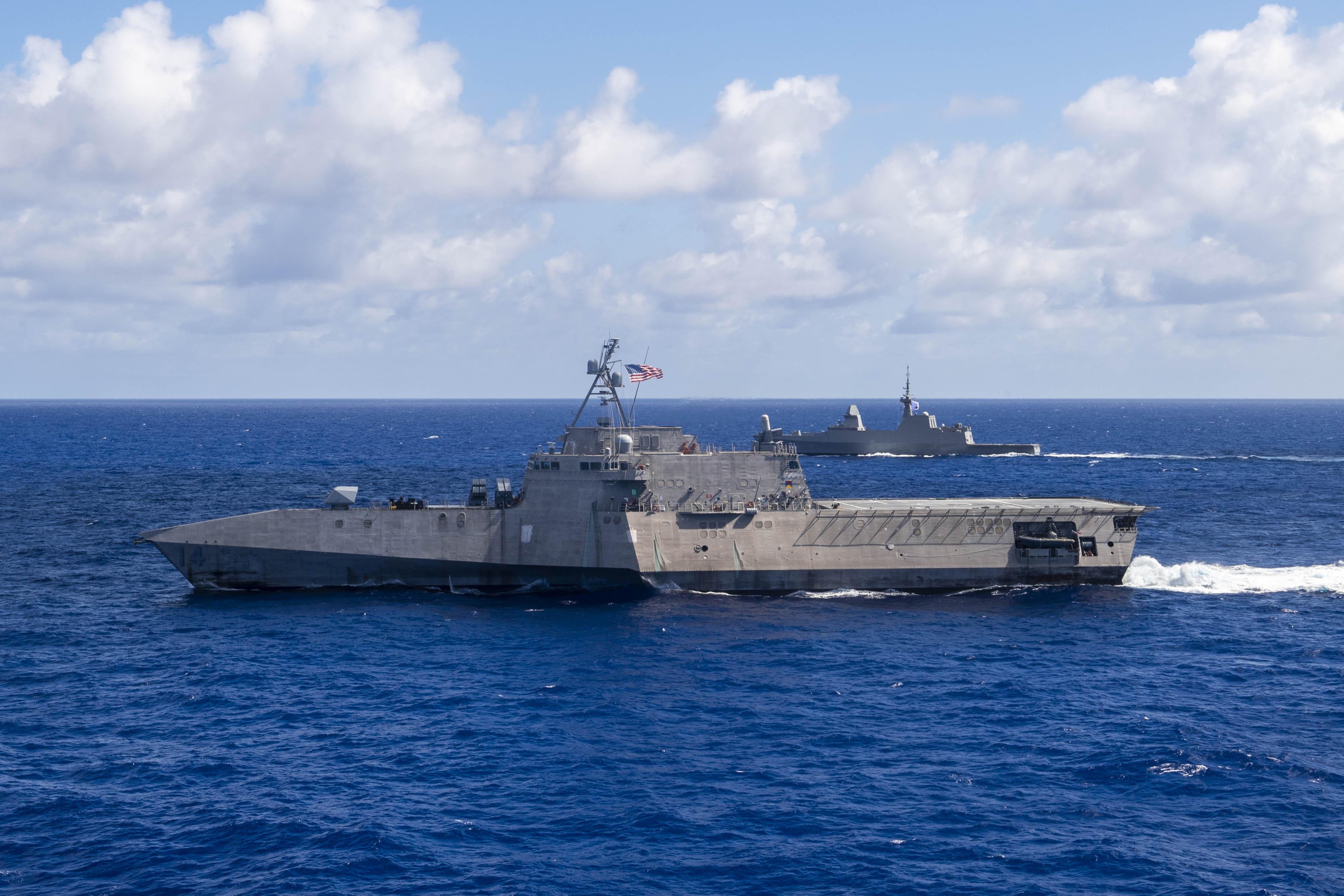
Guam MAC contracts awarded; USN, RSN exercises continue
Guam’s smaller contractors are building positive profiles for military construction work in Guam. Meanwhile, military exercises in the region continue to bring military personnel to the islands.
Read More 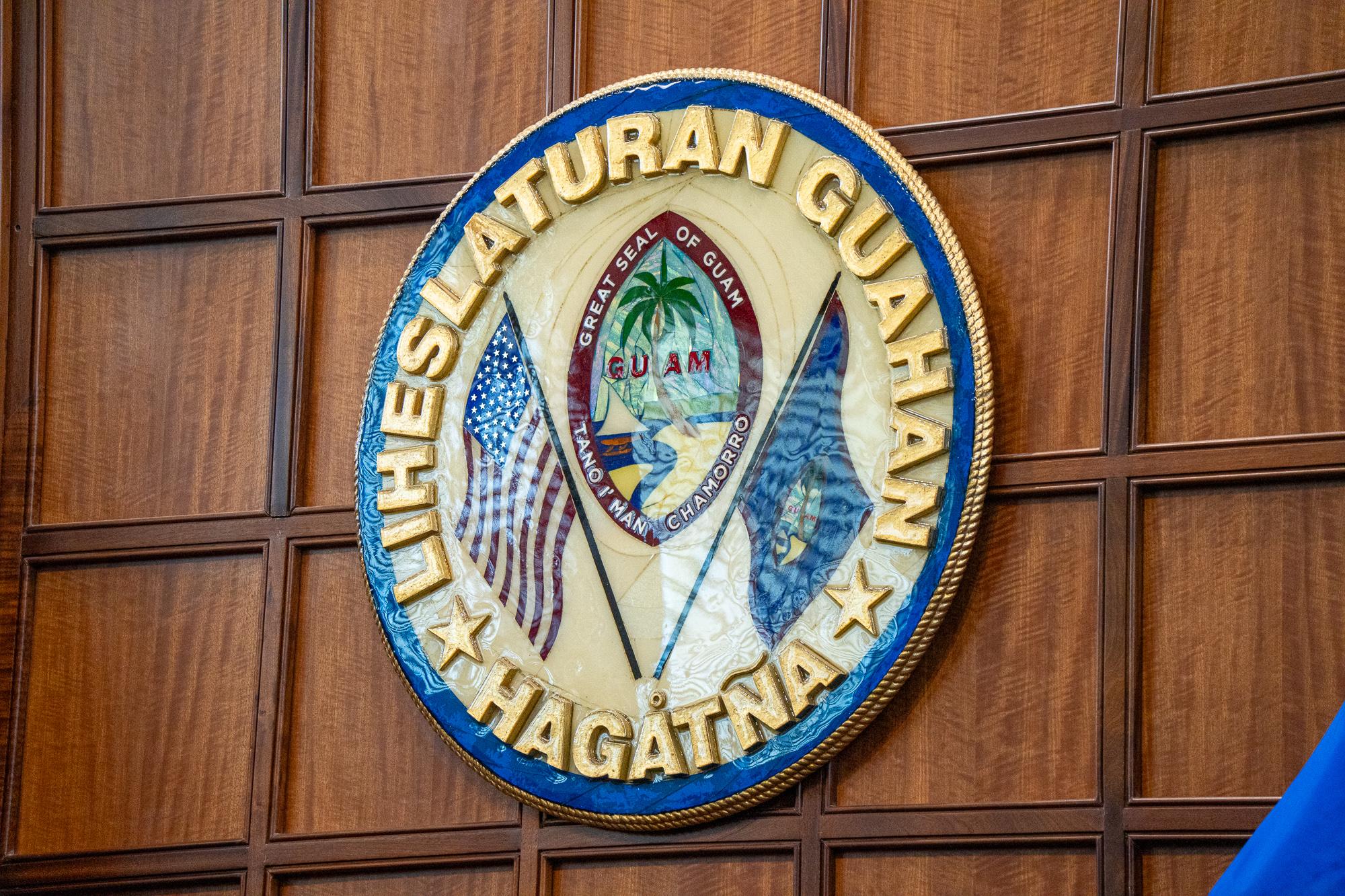
Public and private sectors debate BPT rollback
Members of the business community packed the Guam Congress Building on June 9 for the public hearing of Bill 11-38, a measure to lower the Guam business privilege tax rate from 5% to 4%.
Read More 













